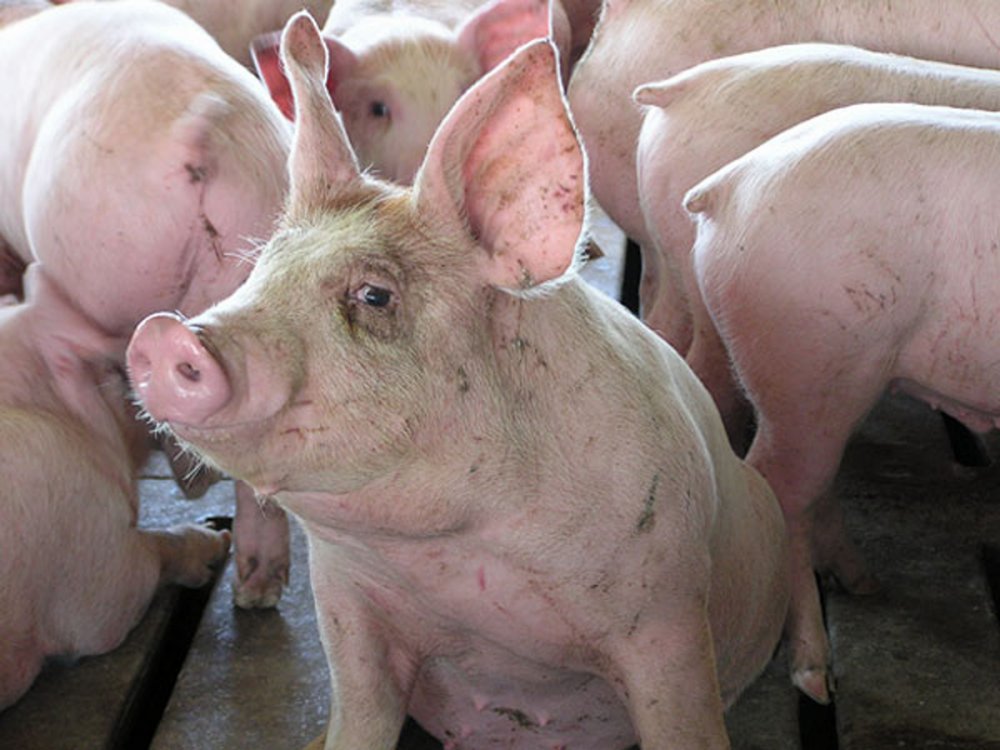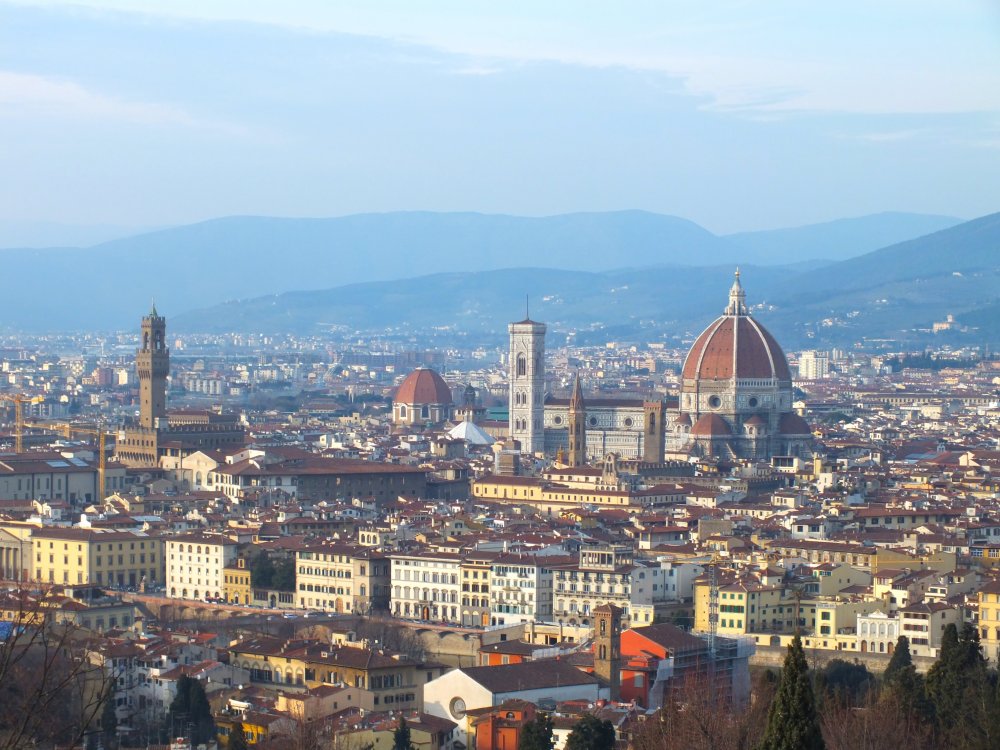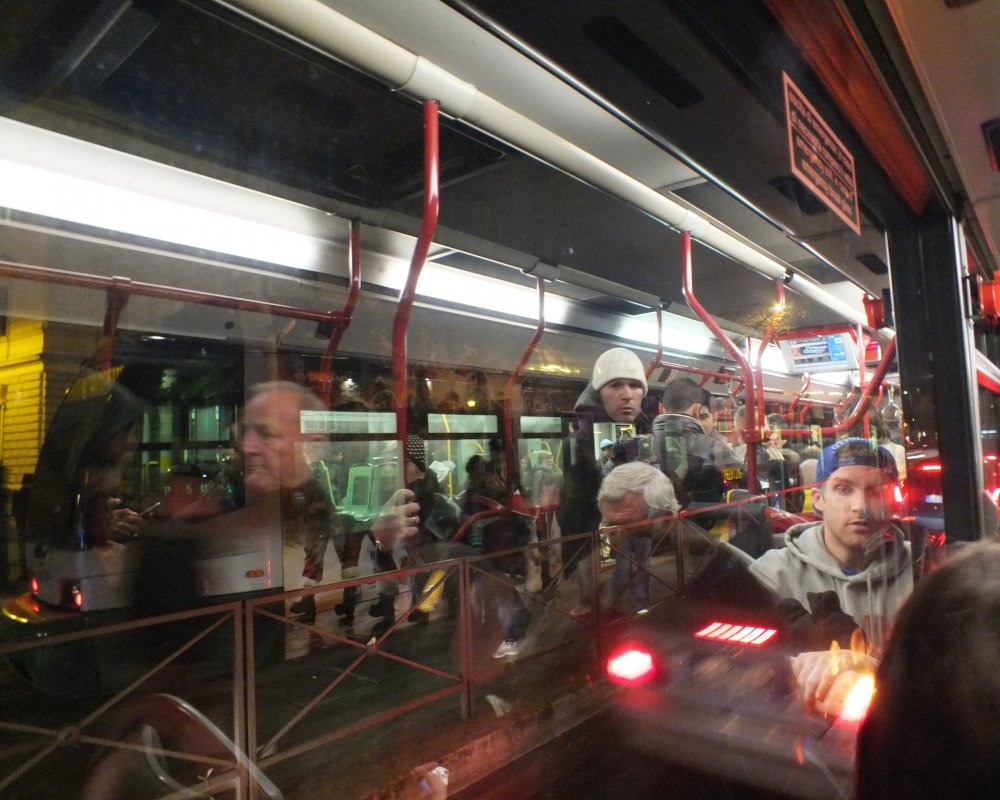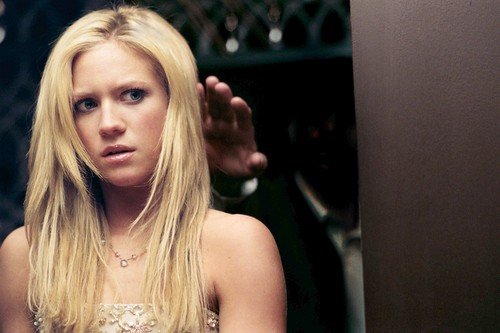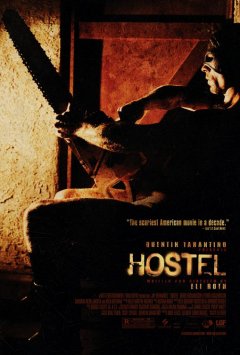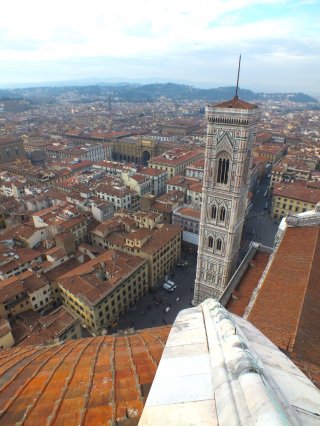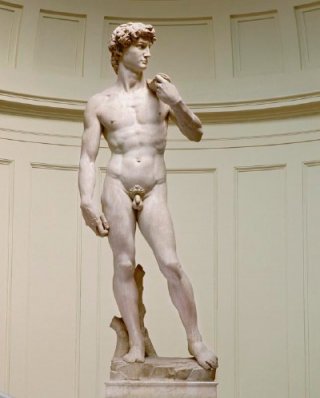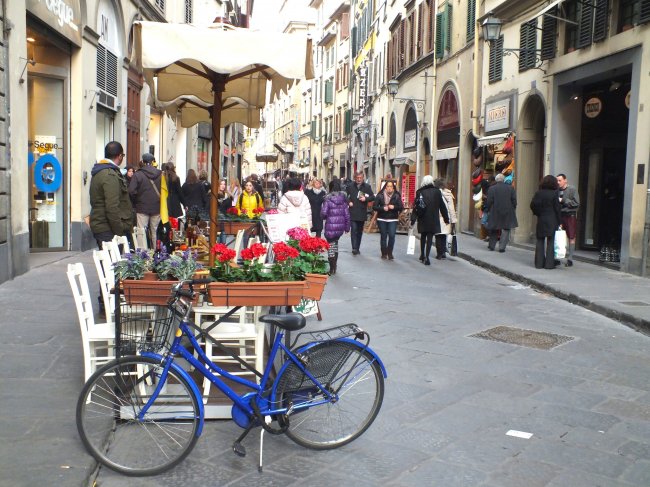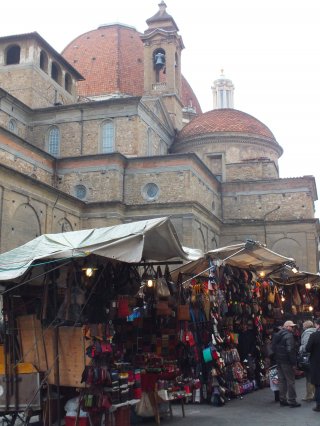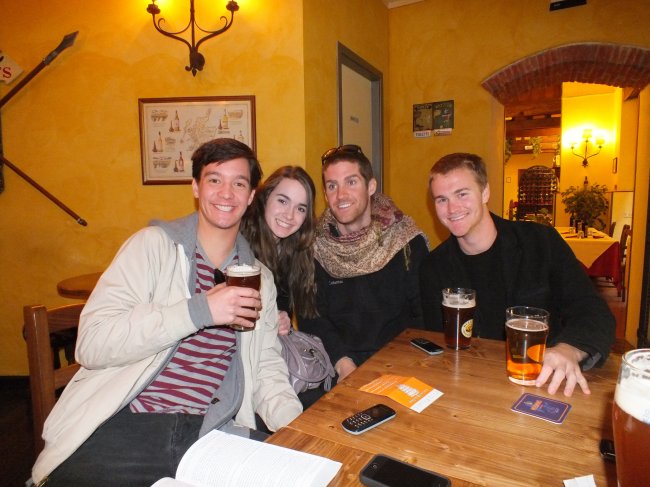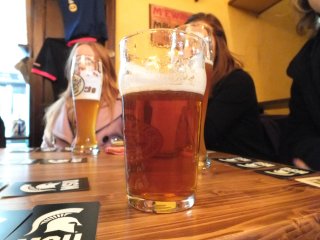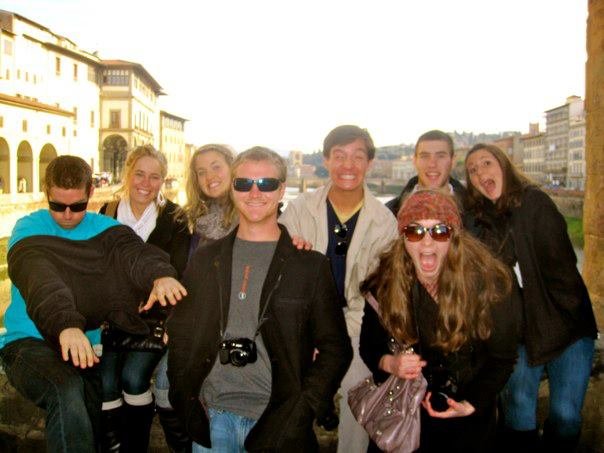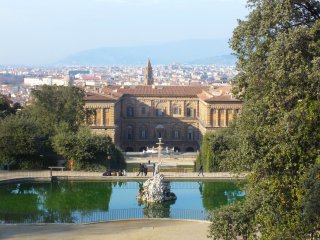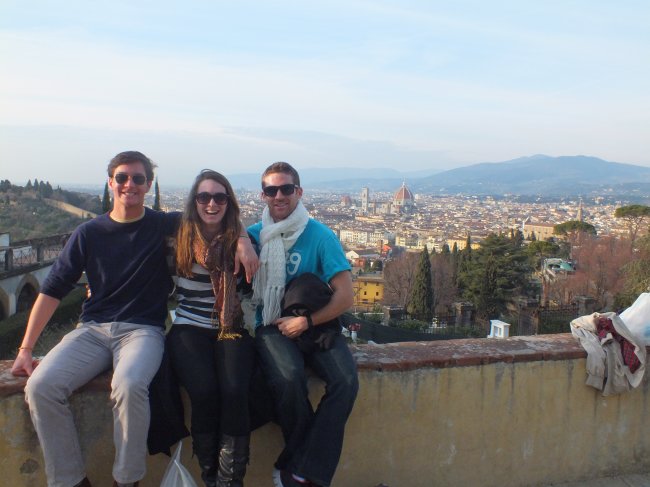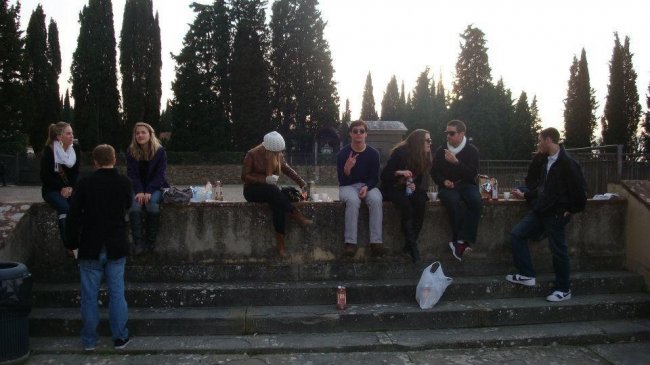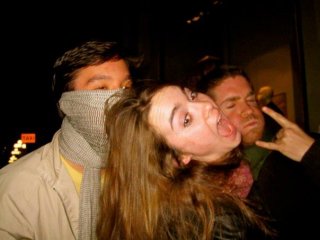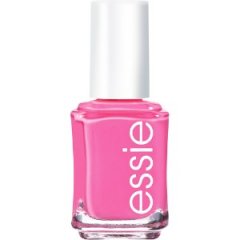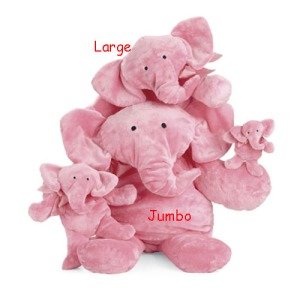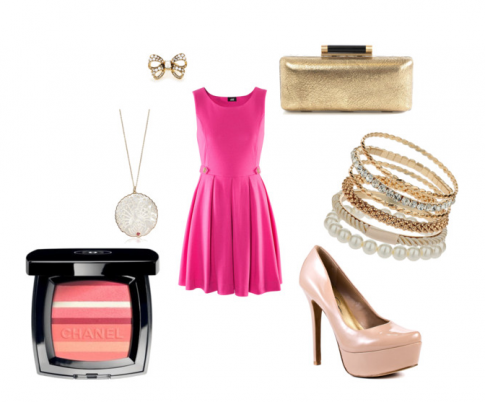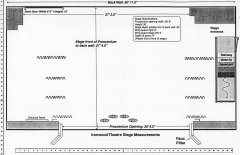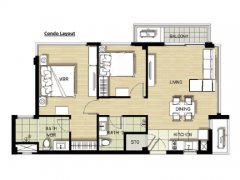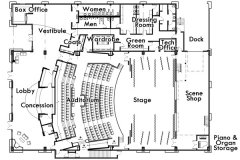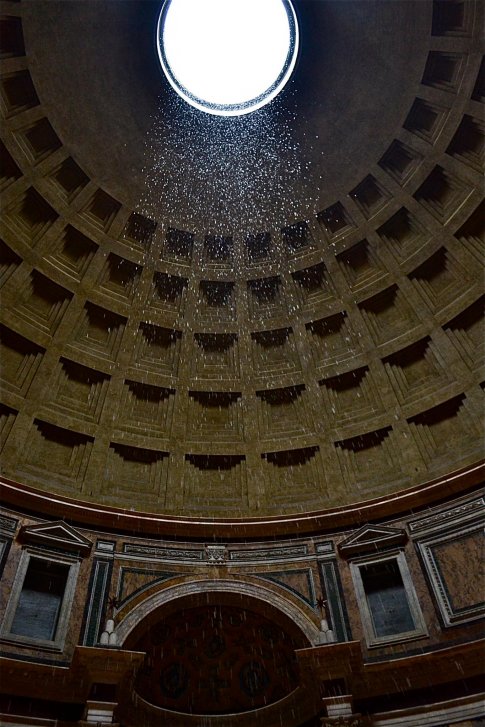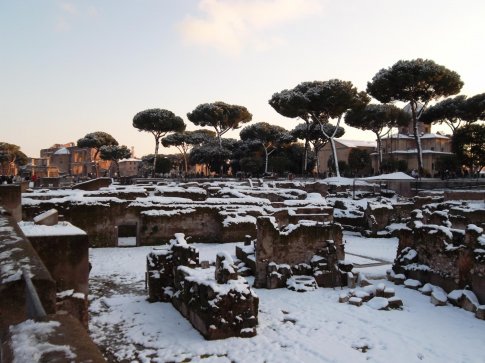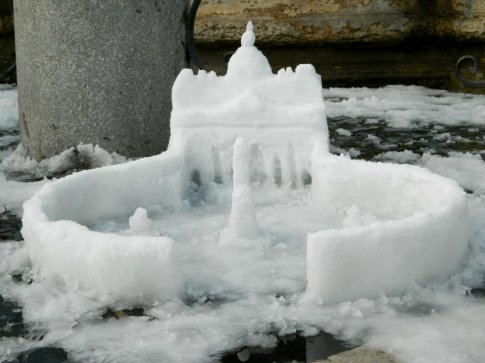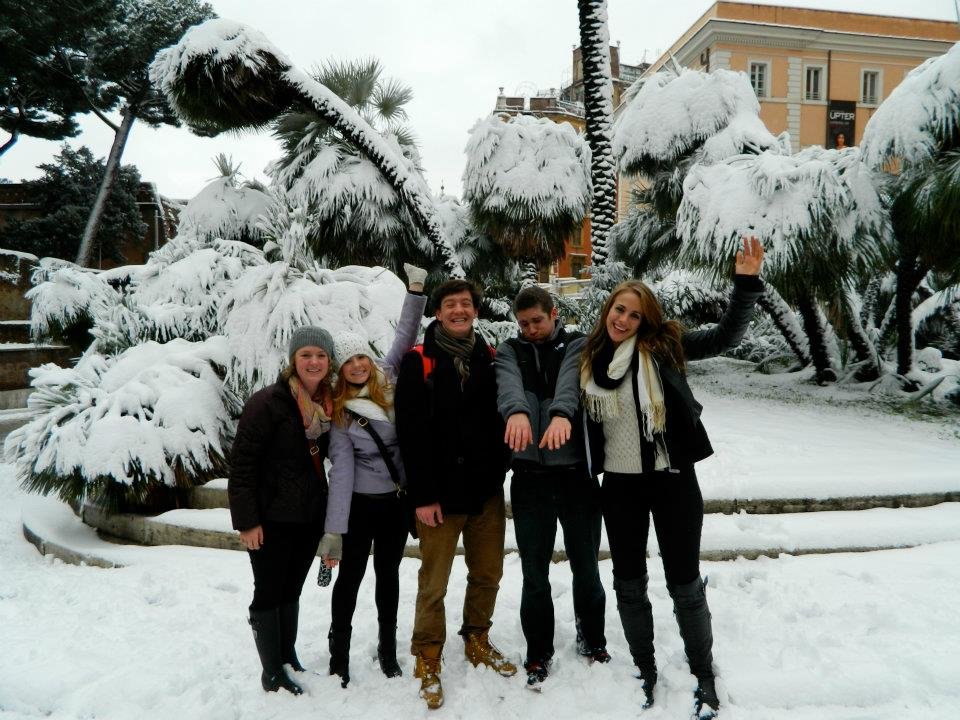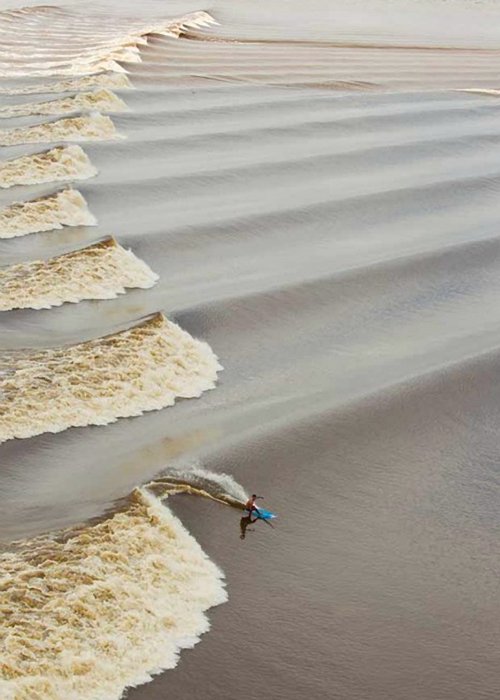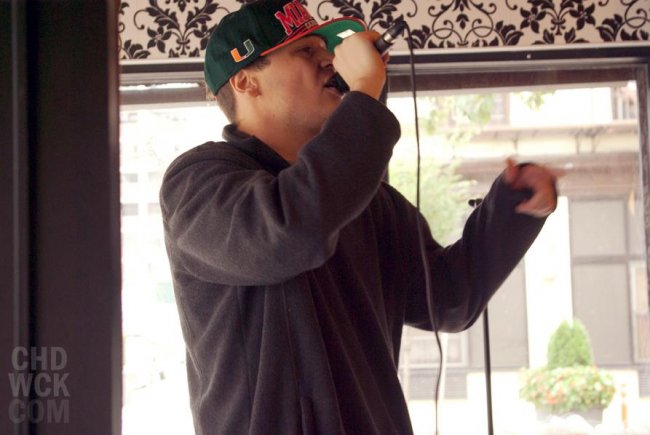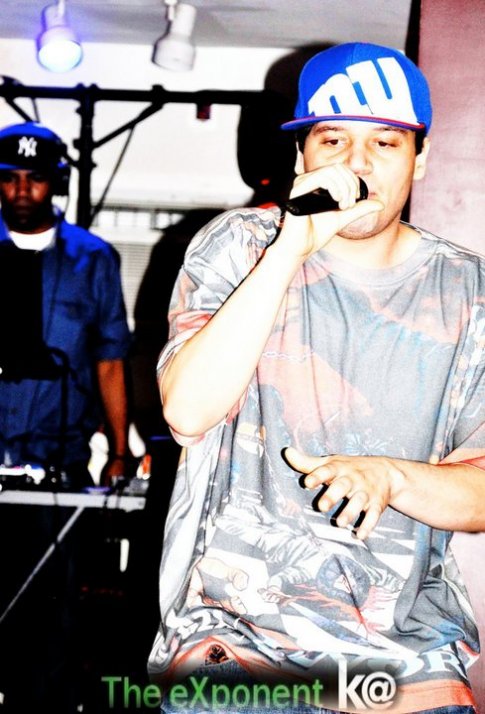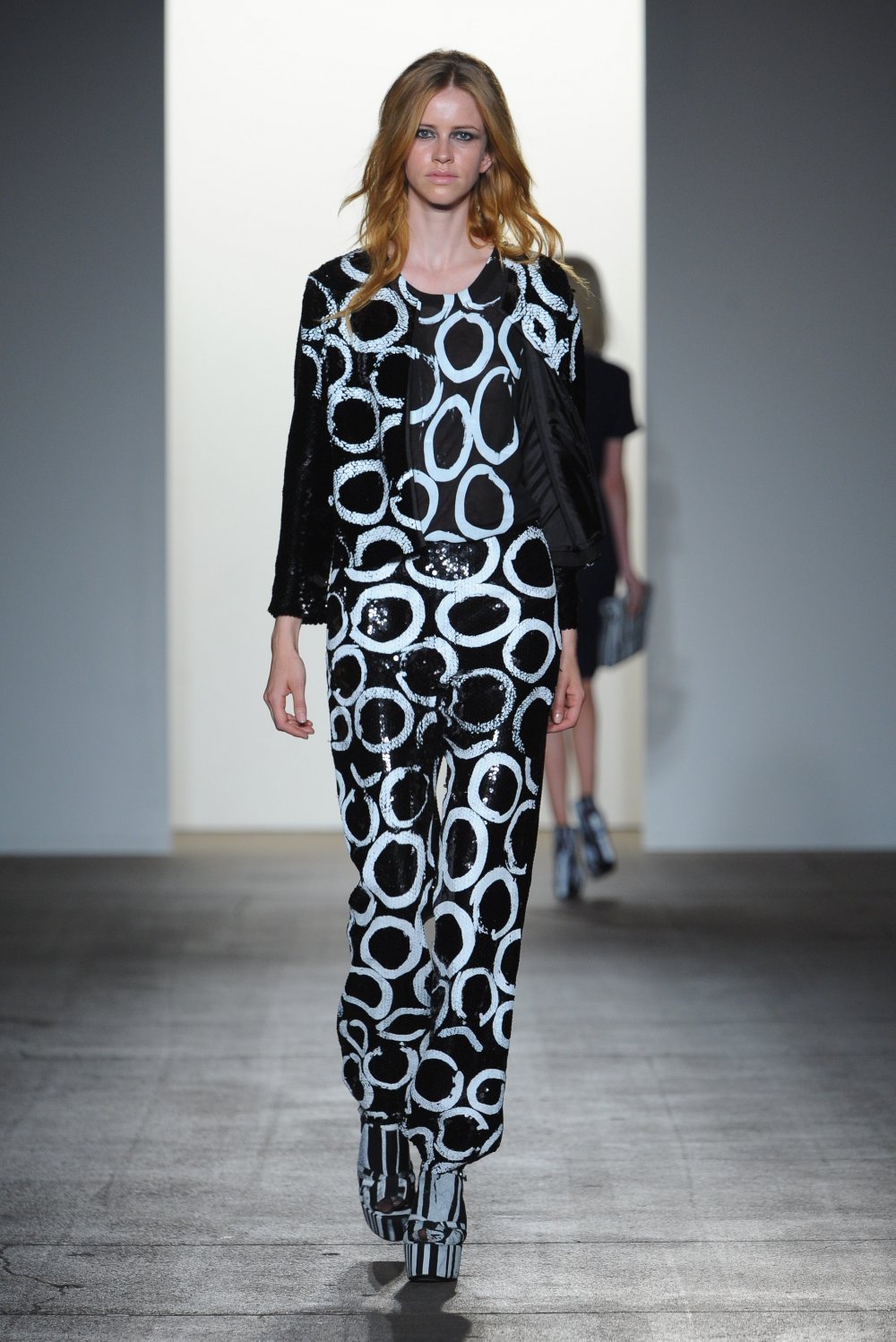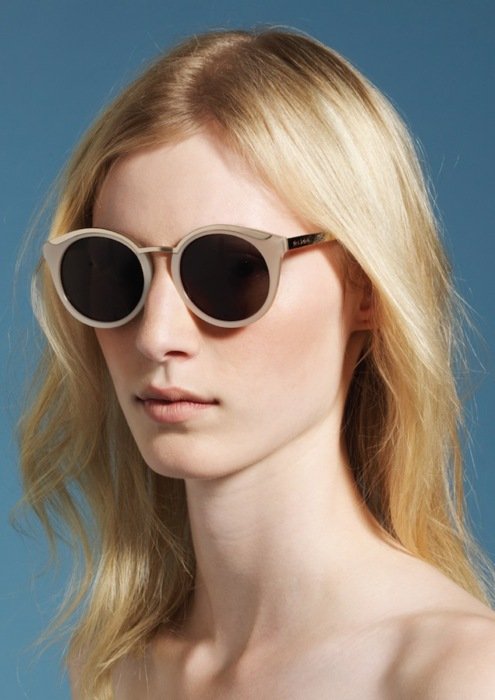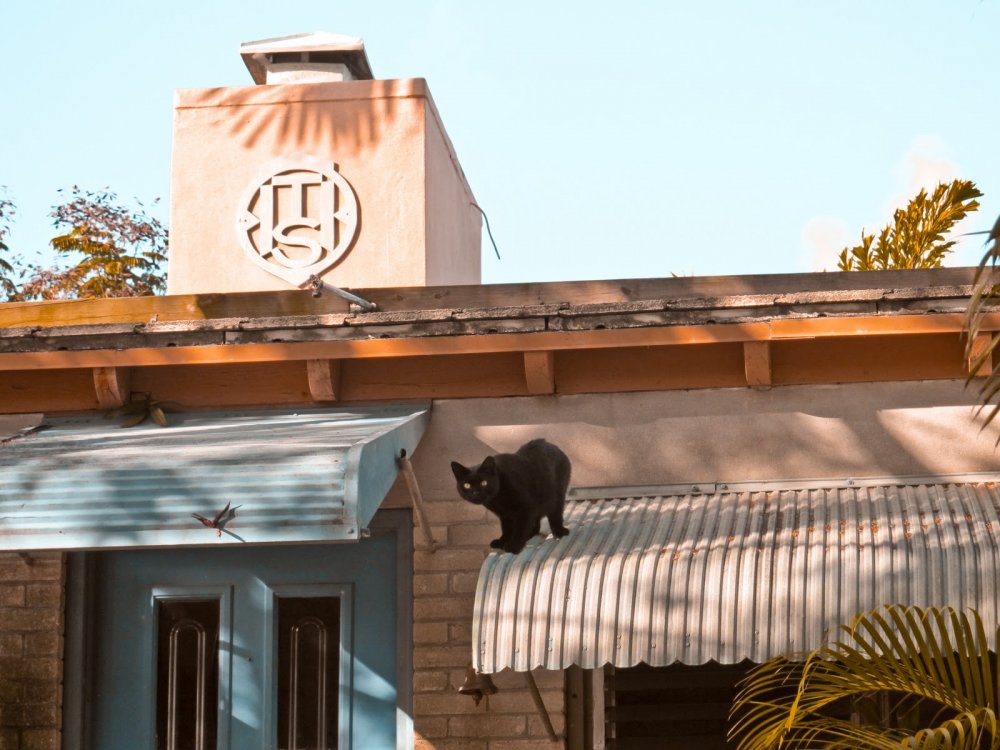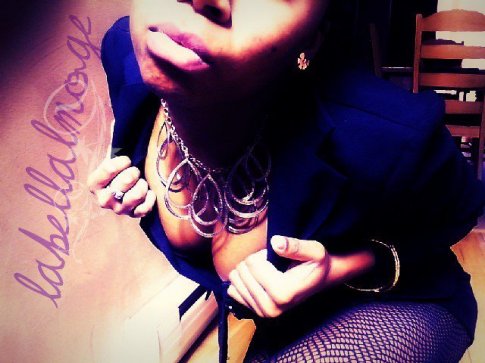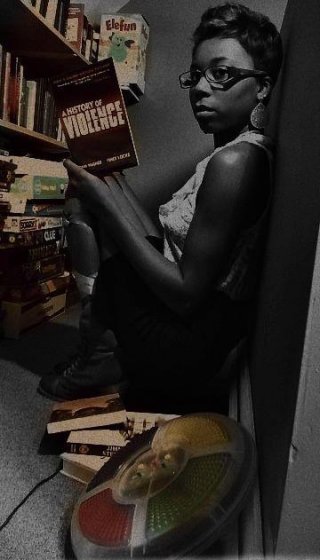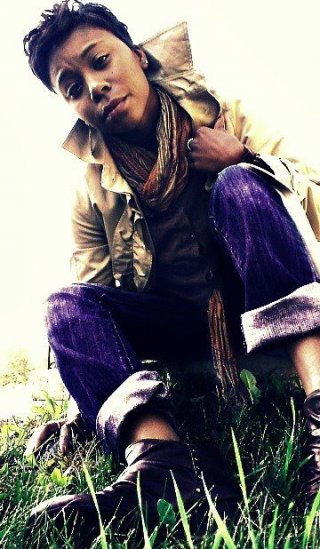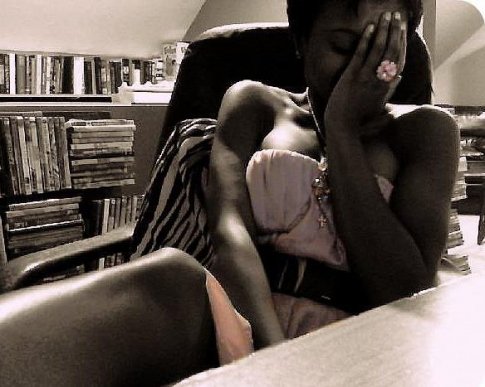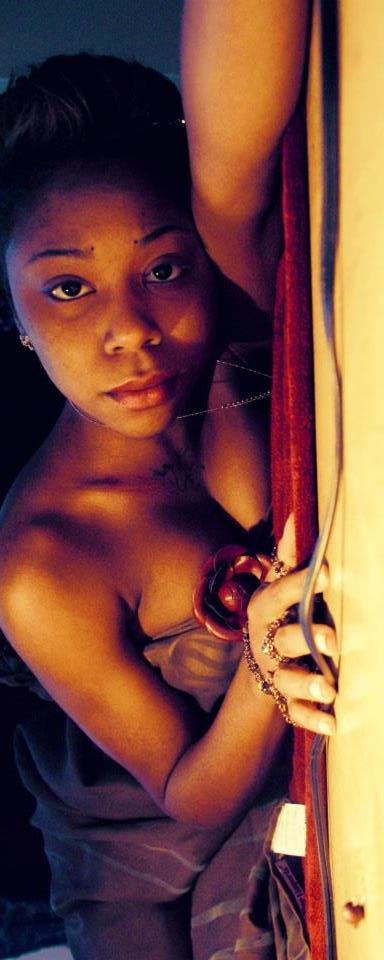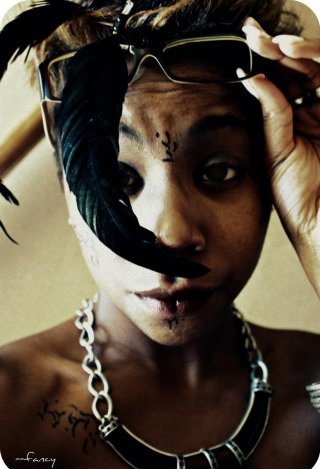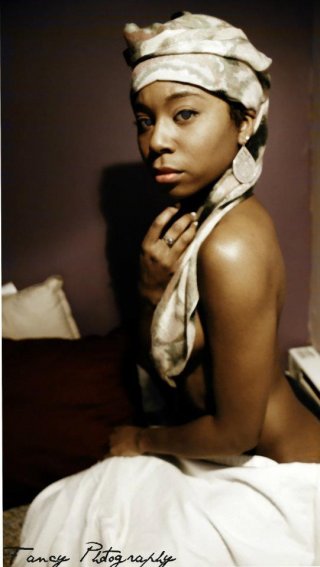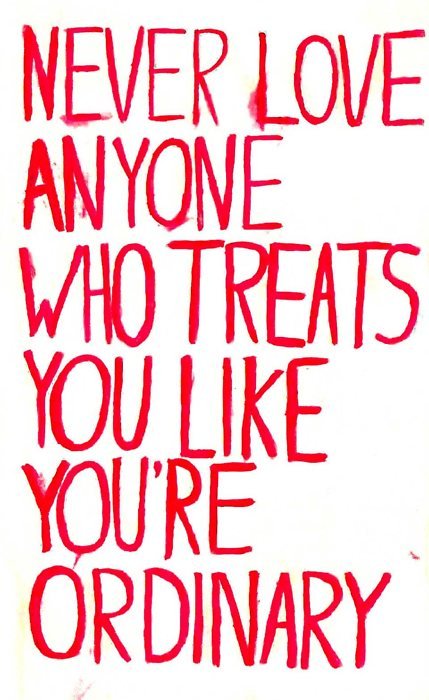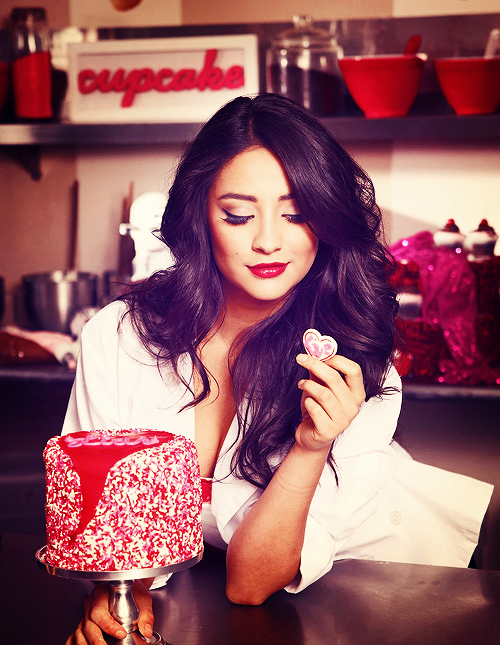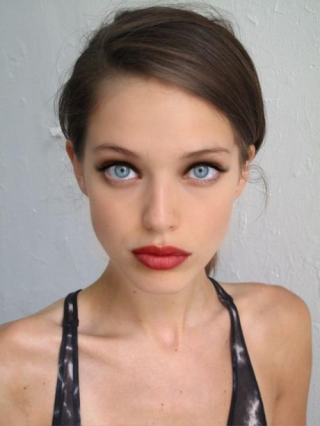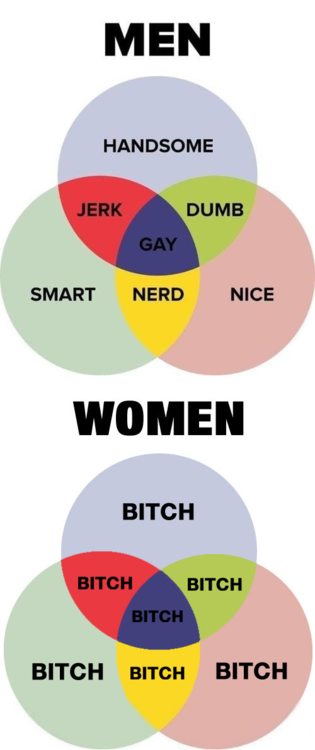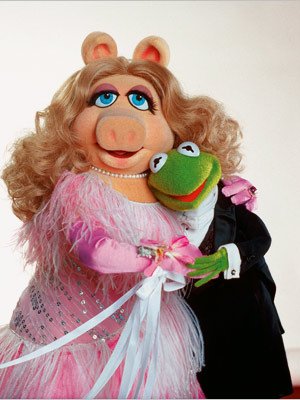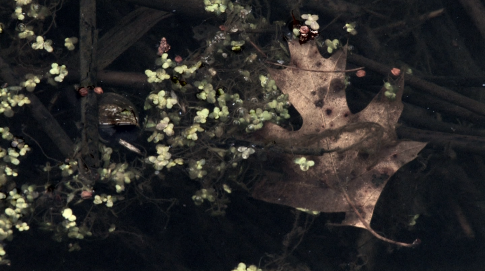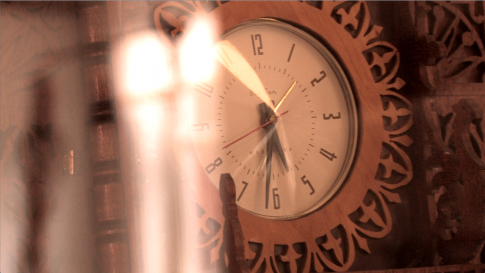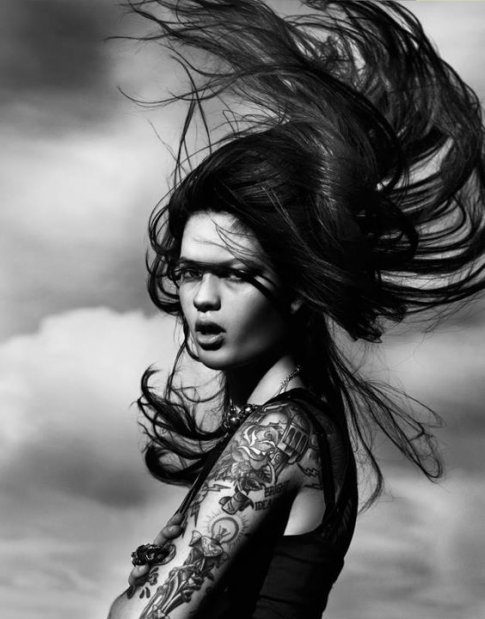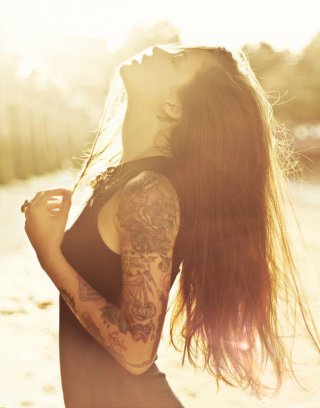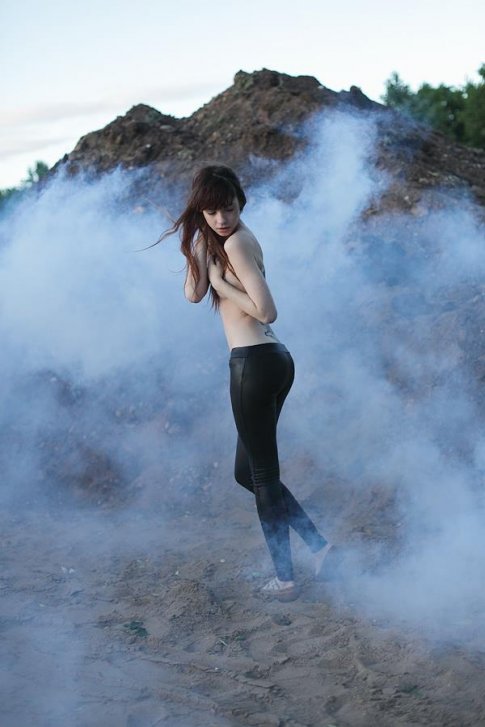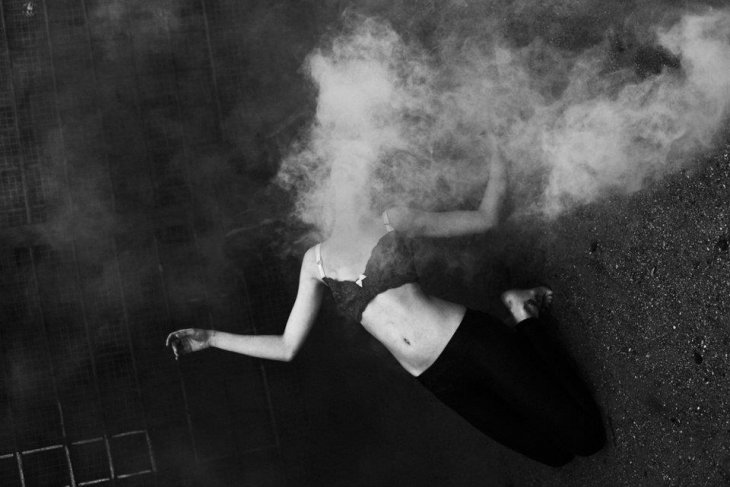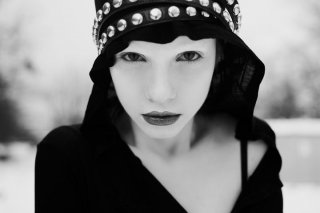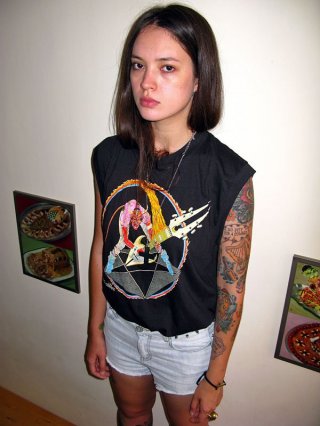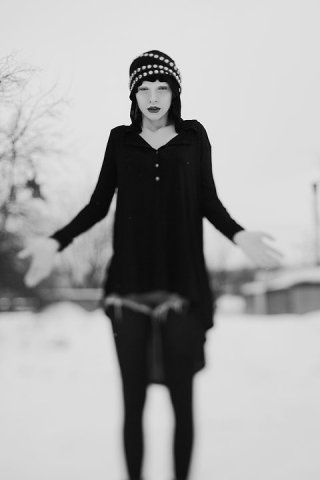Music = Material Over Time.
Video = Material Over Space.
What an idea. This notion, a stripped down statement, builds some interesting parallels between systems that are wildly different. Art, any kind of art, is simply material over a grander fabric of time and space. They can, of course be argued into each other: video can not exist in a place with no time, and music can not exist in a place with no space. Especially if that place with no space is space, in which case WOAH. WOAH. Why are you playing music in space, and WHY WASN'T I INVITED? The point, of course, being that all things are bound by time and space, and our art is designed for a place and a time. I would argue that we create in order to be proven: I was here. I existed. Remember me.
What interests me, though, as a live visual improviser, is the blending of these two systems. Audio has a rich and well-documented history of performance and improvisation, but video has been left behind. While music has lept forward into the realm of live synthesis and manipulation, the blending of electronic and acoustic, visuals have been stuck on the silver screen. Even the computational prowess of modern computers demonstrates the ridiculously uneven footing--Want to mix 24 channels of audio live? No problem! Want to mix 4 video sources? Might want to consider upgrading that RAM.
Progress, though, is being made, and it's being made quickly. I think of VJs playing to clubs, or visual artists hired to travel with bands and create what essentially equates to a live music video. The increase in parameters controlled by aural triggers, mapping sounds to visuals.
We are creatures of stimulus, we startle at noise and are captivated by color. There was an era of visuals in which sound was the outcast. Where 'silent films' weren't know by that name, they were just 'films.' Now we have a plethora of tools with which to merge fields, and no guidebook to reference.
Bruce McClure's Donostia is a great example of a very primal audiovisual connection.
Luke DuBois' Digits takes the simplest form of video performance (live visual feedback) and uses manipulations of time and color to enhance the audience experience.
Amon Tobin uses a VJ-style and 3-dimensional visual mapping to transform a space, synched with audio.
